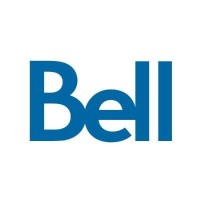
Bell
We advance how people connect with each other and the world #ConnectionIsEverything. Bell is Canada's largest communications company providing advanced Bell broadband wireless, Internet, TV, media and business communications services. Founded in Montréal in 1880, Bell is wholly owned by BCE Inc. To learn more, please visit Bell.ca or BCE.ca Through Bell for Better, we are investing to create a better today and a better tomorrow by supporting the social and economic prosperity of our communities. This includes the Bell Let's Talk initiative, which promotes Canadian mental health with national awareness and anti-stigma campaigns like Bell Let's Talk Day and significant Bell funding of community care and access, research and workplace initiatives throughout the country. To learn more, please visit Bell.ca/LetsTalk






